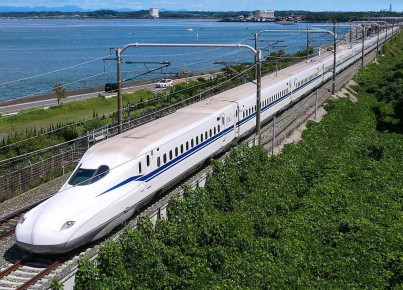South-East Asia continues to show positive signs on supply chains but also on the strength of its stock market
Editorial by Alessio Piazza
Warning to mariners: supply chains are not yet broken, at least not in Asia and particularly in South-East Asia. In a world where geopolitical and military tensions are multiplying, trade between major Asian nations is booming and companies continue to pursue growth. It is certainly no coincidence that while the winds of protectionism are blowing elsewhere, ASEAN countries have just ratified the Regional Comprehensive Economic Partnership (RCEP) and are at the centre of multiple regional initiatives. According to the International Monetary Fund, ASEAN countries will grow faster than China in the near future. The middle classes in these countries are at the centre of very strong growth, making them potential markets, not just centres of production. The region's population is larger than that of the United States and the European Union, is younger and offers inexpensive labour, coupled with evolving skills. This is demonstrated by the shift in increasingly sophisticated manufacturing segments such as the Apple Watch. The technology sector is poised for a boom. Recent reports identify the electronics, aerospace components and semiconductor sectors as potentially the most promising. But ASEAN countries are also showing signs of resilience in the stock market. Largely due to a sharp increase in consumption driven by tourism and related industries, Southeast Asian stocks are proving more robust than those in North Asia. The region, however, is not immune to global inflationary pressure and the US Federal Reserve's aggressive rate hikes, which have led to capital flight. According to analysts, however, the region will endure thanks to its large domestic markets and further diversification of the supply chain from China. At the end of September, the MSCI ASEAN Index - an indicator of the region's most closely watched equities - was up 1.4 per cent from the previous quarter in local currency terms. Inflationary pressure in South East Asia was less acute than in many other markets. This is a further sign of a region that is set to play an increasingly central role in terms of trade.






